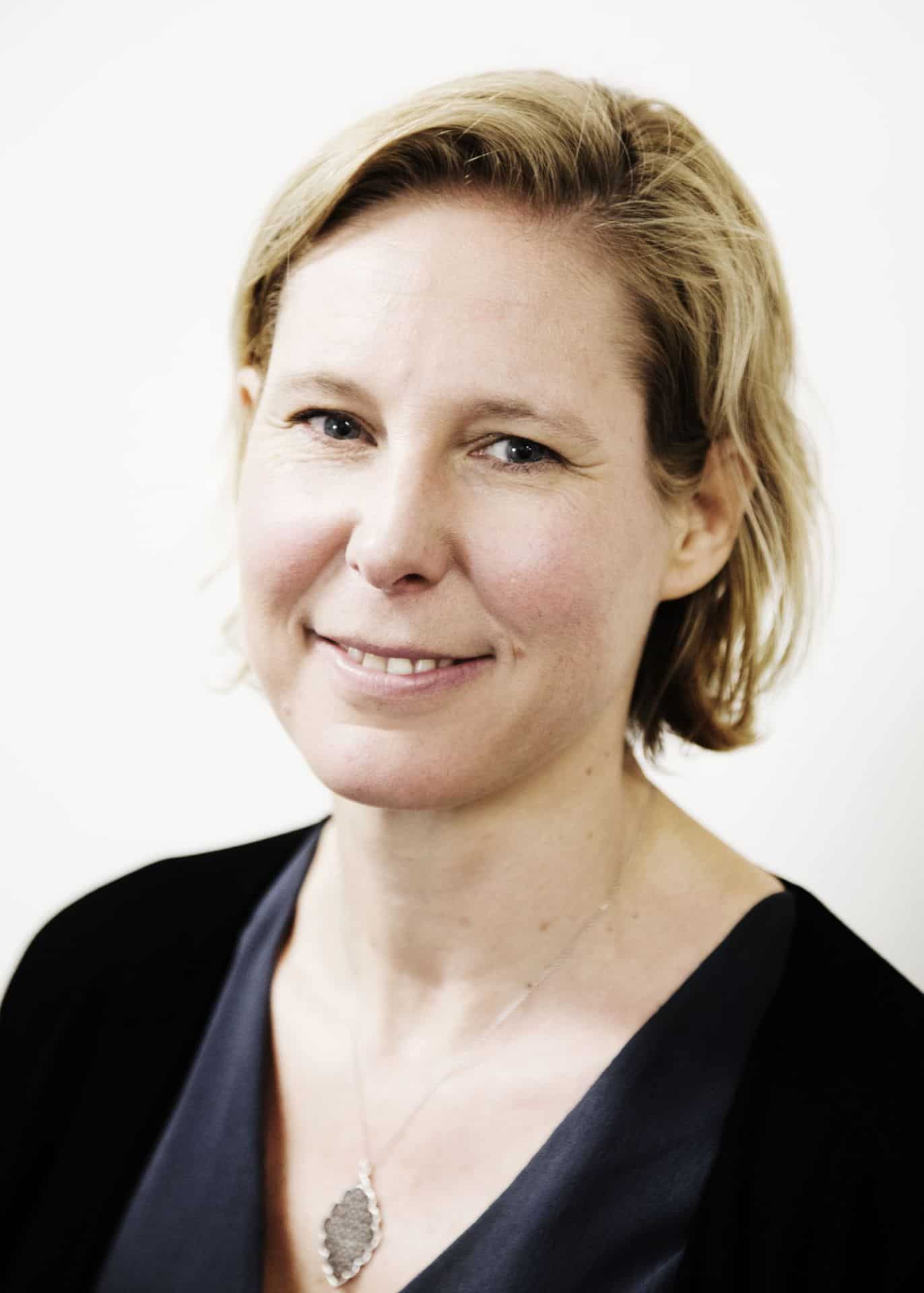Covid-19 highlights need for better representation in news coverage and newsrooms
By Rachel Oldroyd
CEO and Managing Editor, The Bureau of Investigative Journalism
In the midst of the Covid-19 pandemic, it is glaringly apparent that the most pressing problem the news industry needs to address is its attitude towards white, middle-aged, privately educated men.
For years our industry has been criticised for not representing the communities it purports to serve. Some slow progress has been made. Women make up more of the workforce than they did a decade ago. There are even female editors running both newspapers and top news programmes, although newsrooms have still not reached a 50:50 gender split. In other areas however progress has been shockingly slow. There are still far too few journalists from a BAME [Black, Asian, and minority ethnic] background, even less with a disability and way too few have been state educated. According to the Sutton Trust for example, 63 percent of people working in the news media last year went to a private school or through the grammar system and 39 percent went to Oxbridge.
During the fallout from Brexit the “metropolitan elite” media was blamed by both sides. In the middle of this new crisis we risk being blamed again. Perhaps we were too slow to understand the importance of events in the distant, foreign land of Wuhan (how many people in our newsrooms had relatives in China?) Maybe it took us too long to understand the science (how many mainstream reporters come from a science background?) But perhaps our biggest failing could prove to be our inability to report with understanding, working alongside the communities hit hardest by the disease – not just today, but in the future as the crisis moves from one centred on public health, to an economic one.
The stark reality of this global pandemic – as with most existential threats – is that it is the poorest, the oldest, the sickest and the most vulnerable in our society that are hit the hardest. Mortality figures show it is the sick and the old that are dying with an unrepresentative high number of people from a BAME background. At-risk children are no longer attending school, even though they are one of the groups that can go into the classroom. It is the lowest paid: agricultural workers, bus drivers, care assistants, supermarket shelf stackers who put themselves at risk as they leave their home each day because unlike better-paid office workers they do not have the luxury of being able to move their work to their home.
As journalists we do our utter best to keep up with the story, to help our readers better understand the complexities of the situation, to ask the right questions, and to hold our government to account (even if we got there a bit late). But from our privileged largely white, largely middle class, largely middle-aged world, do we really know what stories matter? Do we understand the complex struggles of every member of the public, of every under-represented group? Are we even asking every important question?
We have been at our best reporting on the effects and pain of the disease itself. To do this we have pulled on those amongst us who have been infected and those who have come through critical care. These reports have been truly poignant and informative because they have come from a place of real experience.
We have also tried hard to ask the difficult questions. We have highlighted the statistics showing a high number of BAME deaths, and there has been constant probing about the lack of vulnerable children at school. Our reporting on the shortage of PPE and the problems of the testing regime have been relentless.
There have been some valiant efforts to report on vulnerable communities too. We have heard stories of the growing problem of homelessness and the heart-breaking dispatches from reporters standing outside the windows of care homes. But these reports risk being the same one layered harrowing tale of hurt, pain and loss. We have largely reported on those suffering, not with them, because so few of us are from those communities experiencing the full brunt of the wider impact. e have brought these stories to our readers and our viewers from one point of view: our own.
It is our duty as journalists to try to explain our world to everyone, not just to those that live in privilege. As we try to get to grips with the extraordinary situation we are now reporting on, we need to do our best to report with those that are being hit by this crisis from a position of empathy and understanding. Longer term we must recruit from a broader cross section of society, because it is not only in extreme moments of global crisis that a more representative view would allow us to speak to a wider public. If we fail, we risk not only our professional reputation, but our entire industry becoming as marginalised as those communities that we have failed for too long.
Author photo

Rachel Oldroyd joined the Bureau of Investigative Journalism as deputy editor shortly after its launch in 2010 and has led many of the organisation’s key projects. Before joining the Bureau she spent 13 years at the Mail on Sunday, where she ran the award-winning Reportage section in Live magazine. The section focused heavily on human rights violations and, under her editorship, won more than a dozen media awards. She started her career as a financial reporter working in the trade press. She became the Bureau’s managing editor in October 2014. Rachel is a trustee of the Public Benefit Journalism Research Centre. The Bureau of Investigative Journalism is an independent, not-for-profit organisation that holds power to account.